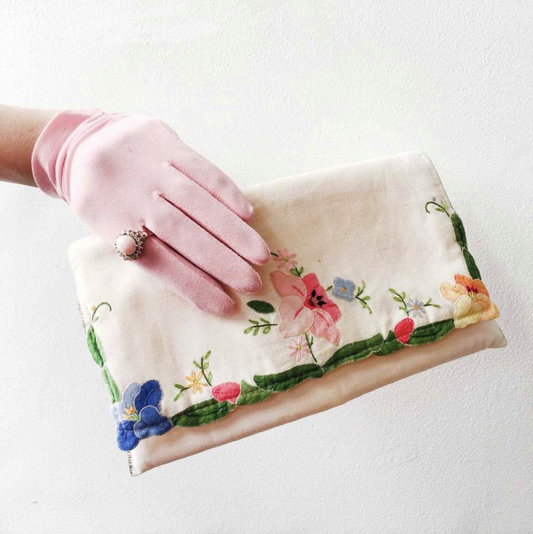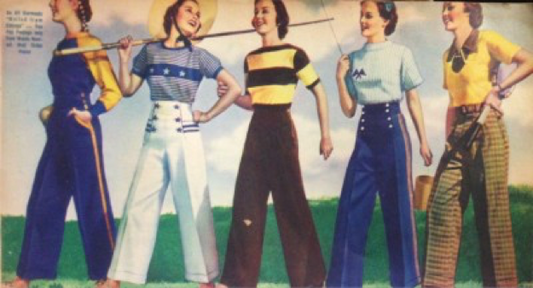talkingfashion
The Master of Bias: Charles Kleibacker
The Master of Bias: Charles Kleibacker By Paige McKirahan Though there have been many iconic designers in the past century that have made a substantial mark on the fashion...
The Master of Bias: Charles Kleibacker
The Master of Bias: Charles Kleibacker By Paige McKirahan Though there have been many iconic designers in the past century that have made a substantial mark on the fashion...

The Grand History of Gloves
The Grand History of Gloves By Paige McKirahan In the accessory world, there are many pieces that have lifespans spanning centuries back to primitive ages. Can you guess which...
The Grand History of Gloves
The Grand History of Gloves By Paige McKirahan In the accessory world, there are many pieces that have lifespans spanning centuries back to primitive ages. Can you guess which...
Headpiece Heaven: Five Fabulous Ornamental Acce...
Headpiece Heaven: Five Fabulous Ornamental Accessories By Paige McKirahan When it comes to the evaluation of headwear as an accessory rather than something worn out of necessity, it can...
Headpiece Heaven: Five Fabulous Ornamental Acce...
Headpiece Heaven: Five Fabulous Ornamental Accessories By Paige McKirahan When it comes to the evaluation of headwear as an accessory rather than something worn out of necessity, it can...
Sustainable Jewelry: Wooden Accessories
Wooden Jewelry By Paige McKirahan As one of the most versatile materials in nature, wood can do everything from create beautiful jewelry to make paper. With the ability to be...
Sustainable Jewelry: Wooden Accessories
Wooden Jewelry By Paige McKirahan As one of the most versatile materials in nature, wood can do everything from create beautiful jewelry to make paper. With the ability to be...

Fashion Rationed: World War II Style
Fashion Rationed: World War II Style By Paige McKirahan Though The Great Depression was nearing its conclusion at the end of the 1930s, the fashion industry was still shaking from...
Fashion Rationed: World War II Style
Fashion Rationed: World War II Style By Paige McKirahan Though The Great Depression was nearing its conclusion at the end of the 1930s, the fashion industry was still shaking from...